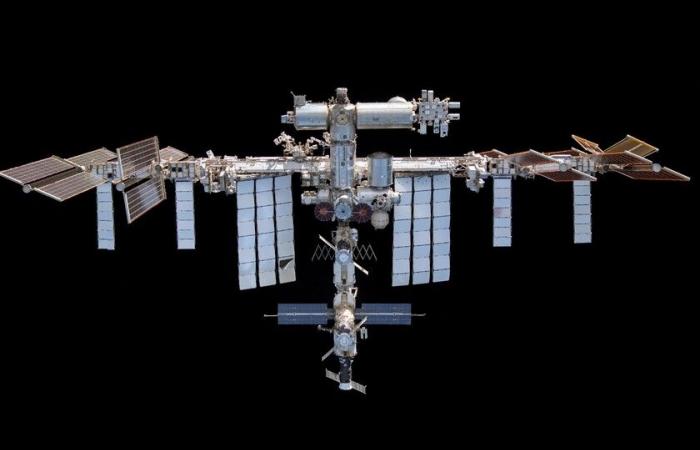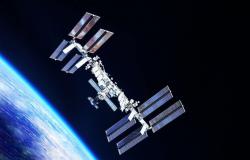-
SpaceX has been chosen by NASA to develop a vehicle to help deorbit the ISS in 2030
-
Five space agencies have operated the space station since 1998, which is already seeing the fatigue of its materials
NASA has selected SpaceX for the noble task of ending the International Space Station, one of the largest cooperation projects between countries in history.
A deorbit vehicle. SpaceX has been selected to develop and deliver to NASA a spacecraft that will deorbit the International Space Station (ISS) in a controlled manner at the end of its useful life, in 2030.
SpaceX will receive $843 million for this unique contract, but it will be NASA who will take charge of the vehicle once in orbit. SpaceX is also expected to receive a contract in the future for the launch of the new spacecraft.
Accompany the ISS in its fiery end. The ship developed by SpaceX will be used to “tow” the space station to a place far from any population where it will re-enter safely.
NASA expects most of the ISS, as well as the deorbit vehicle, to disintegrate in the atmosphere during its re-entry over the Pacific Ocean.
More than 30 years in orbit. Launched in November 1998, the International Space Station is a microgravity laboratory operated by five space agencies.
In addition to NASA, the Canadian Space Agency (CSA), the European Space Agency (ESA), the Japan Aerospace Exploration Agency (JAXA) and the Russian State Space Corporation (Roscosmos) participate.
Russia has committed to continue operating the station until at least 2028, while the United States, Japan, Canada and ESA participating countries are committed to continuing until 2030.
After the ISS. The appearance of several cracks in the Russian segment shows that the International Space Station is reaching the end of its useful life, especially due to the fatigue of its materials.
But there are other reasons to abandon the project in 2030, such as extremely high maintenance costs and commercial space stations in the pipeline that will allow space agencies to focus on manned missions beyond low Earth orbit, such as the Artemis program and future trips to Mars.
Image | POT
In Xataka | “There is a 60% chance that he will travel to the Moon”: we speak with Pablo Álvarez, the first Spanish astronaut since Pedro Duque






